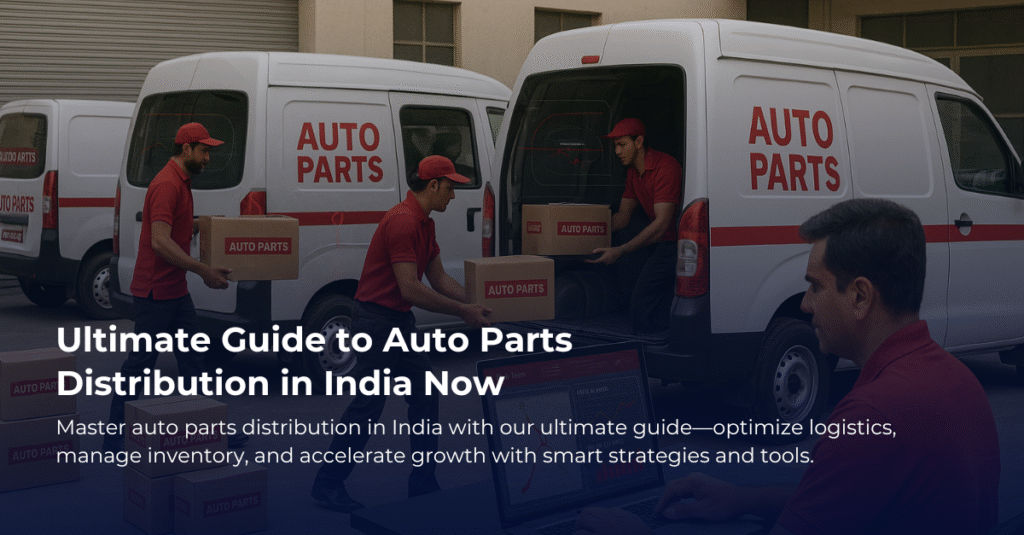Understanding Auto Parts Distribution in India
Most folks think of auto parts distribution as a straightforward supply chain where parts just move from manufacturers to shops. But when you’re managing thousands of dealers across a vast country like India, things get a bit more complex. Have you ever wondered how all those parts reach the right places at the right times? Let’s dive into this topic together.
What is Auto Parts Distribution?
At its core, auto parts distribution is about getting the right parts to the right places. Think of it like organizing a large dinner party. You need to know what dishes you’re preparing, who likes what, and when people will arrive. In auto parts distribution, manufacturers produce parts like engines, brakes, and headlights. These parts then go through several steps before they land in local dealerships or repair shops where consumers can buy them. Managing this process requires coordination and a solid strategy.
Why is It Important to Manage Thousands of Dealers?
- Efficiency: With so many dealers, it’s crucial to ensure that parts are available where and when they are needed. This helps reduce wait times for repairs and keeps customers happy.
- Cost Control: Effective management can help keep costs down. If parts are delivered inefficiently, it can lead to higher transportation costs, which ultimately affects pricing.
- Market Coverage: India is a vast and diverse country. Each region may have different demands for certain types of vehicles and parts, making localized management vital.
How is it Done?
Managing this distribution effectively involves a mix of technology and strategic planning. For example, companies often use software that helps track inventory, shipping schedules, and dealer needs. This tech doesn’t just help with tracking; it can also analyze data to predict which parts may be in high demand at specific times. Wouldn’t you want to be prepared for that surge in demand rather than scrambling for parts at the last minute?
Another essential part of this management involves building strong relationships with dealers. It’s like a partnership where both parties gain. Dealers need the right parts to provide fast service to customers, while manufacturers rely on dealers to boost sales. This back-and-forth communication ensures everyone’s on the same page.
Real-World Example
Let’s say you own a small chain of auto repair shops across India. You have different customer needs based on regional preferences. Using a good distribution strategy means you could stock up on popular vehicle parts in areas where those vehicles are common. If certain cities focus more on SUVs while others favor smaller cars, understanding these market trends will help you tailor your stock accordingly.
Challenges Ahead
But it’s not all smooth sailing. There are challenges like fluctuating demand, rising transportation costs, and the need for quick adaptations to market trends. Each part must be delivered efficiently while keeping shipping routes optimized. Consider how you would manage your coffee supplies if you suddenly had to cater to a much bigger crowd. You’d need to think about different suppliers, storage, and delivery routes to ensure everyone gets their cup on time.
Final Thoughts
So there you have it, a snapshot of auto parts distribution across India. It’s a detailed process that requires good communication, tech support, and a keen understanding of market dynamics. If you’re looking to enter this field or improve your existing operations, focus on building strong relationships and embracing technology. It’s about agility, planning, and being one step ahead. Next time you think about auto parts distribution, remember that behind the scenes, there’s a lot more than just moving boxes around!







